Showing Posts From Hardware
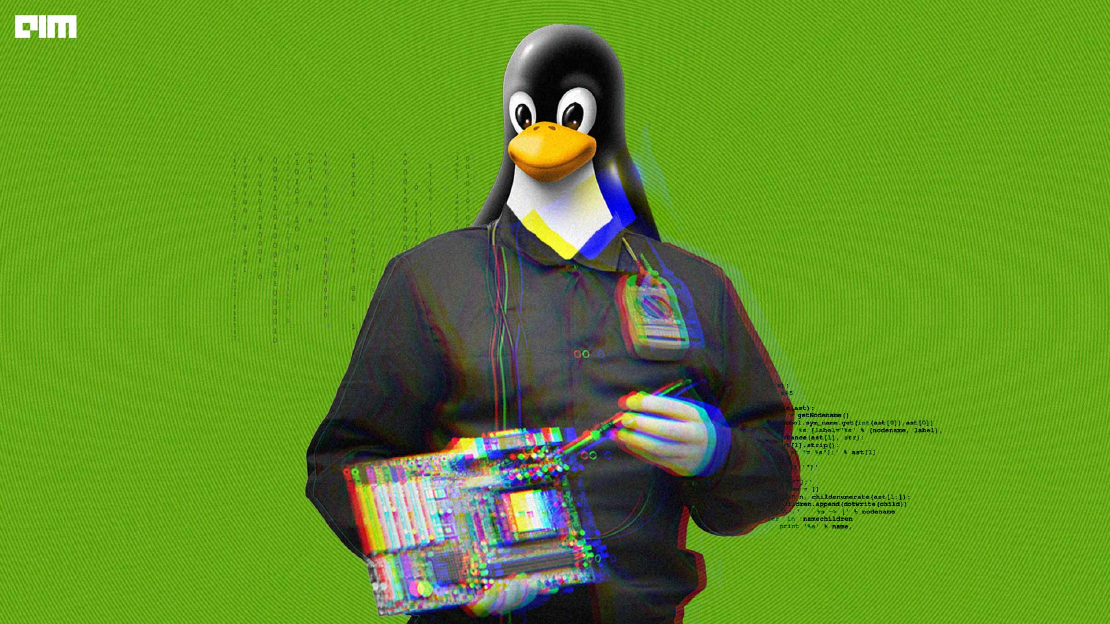
Why RISC-V Can Be a Game Changer?
In an industry where silicon efficiency, design flexibility, and time-to-market are paramount, the limitations of proprietary processor architectures are becoming increasingly apparent. RISC-V, an open-source ISA, is reshaping the VLSI design landscape by enabling deeper hardware-software co-design, architectural customization at the RTL level, and tighter control over power, performance, and area (PPA)—without the constraints of licensing or closed specifications
Read more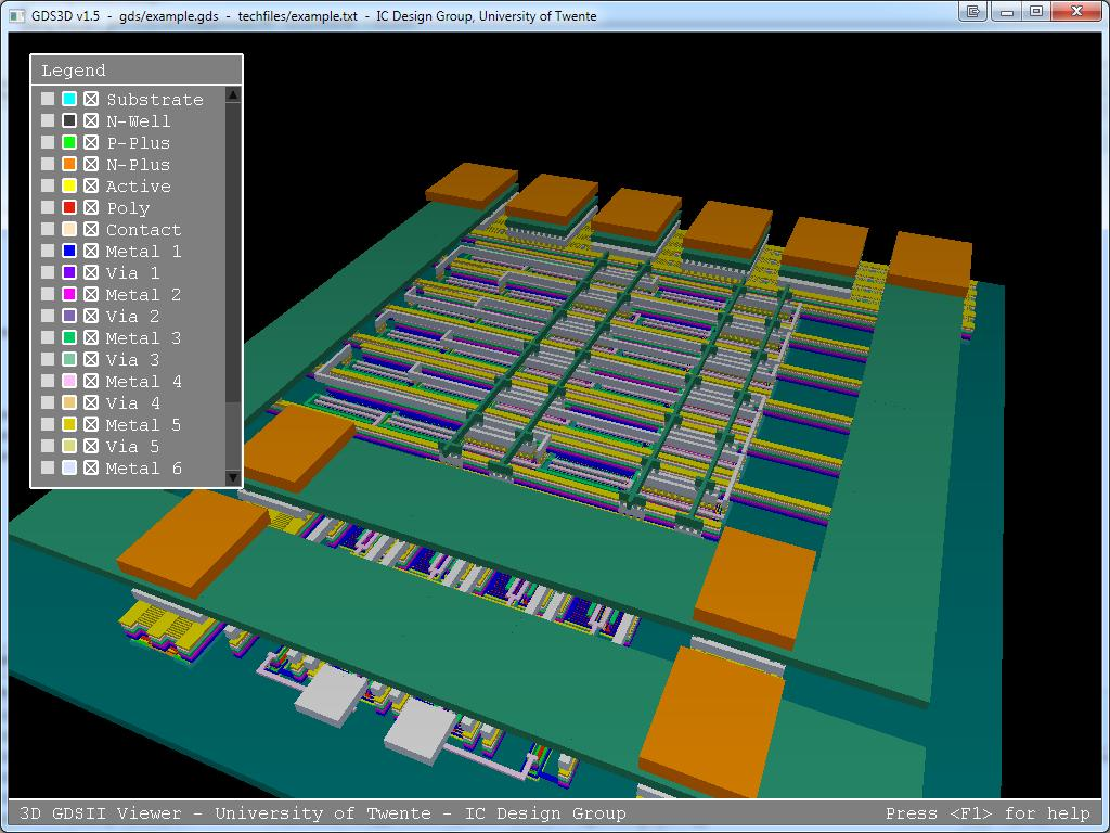
Introduction to VLSI Design Flow: RTL to GDSII
Wonder why AI, modern smartphones, and countless digital devices have become so powerful yet compact? The secret lies in the ability to pack billions of transistors into tiny silicon chips — a feat accomplished through Very Large-Scale Integration (VLSI). At the core of this accomplishment is a complex, multi-step design flow that transforms abstract hardware concepts into a physical chip ready for fabrication.
Read more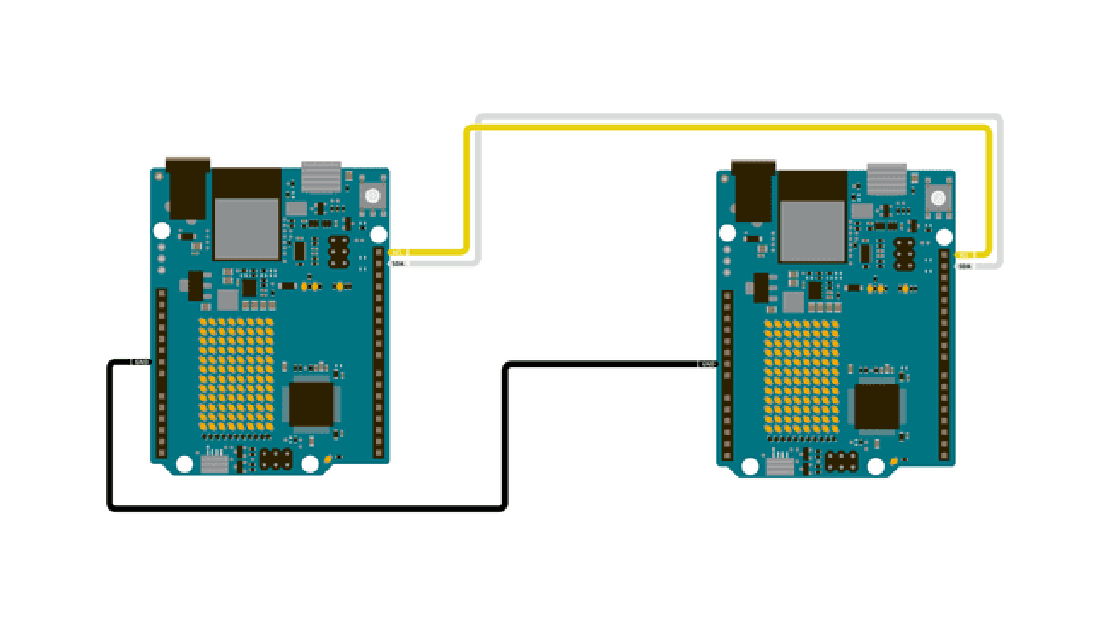
I²C: Fundamentals and Practical Aspects of Inter-Integrated Circuit Communication
I²C is a synchronous, half-duplex, multi-master, multi-slave serial communication protocol developed by Philips (now NXP) in the 1980s. It was designed for on-board communication between integrated circuits, especially in systems with multiple low-speed peripherals controlled by a microcontroller.
Read more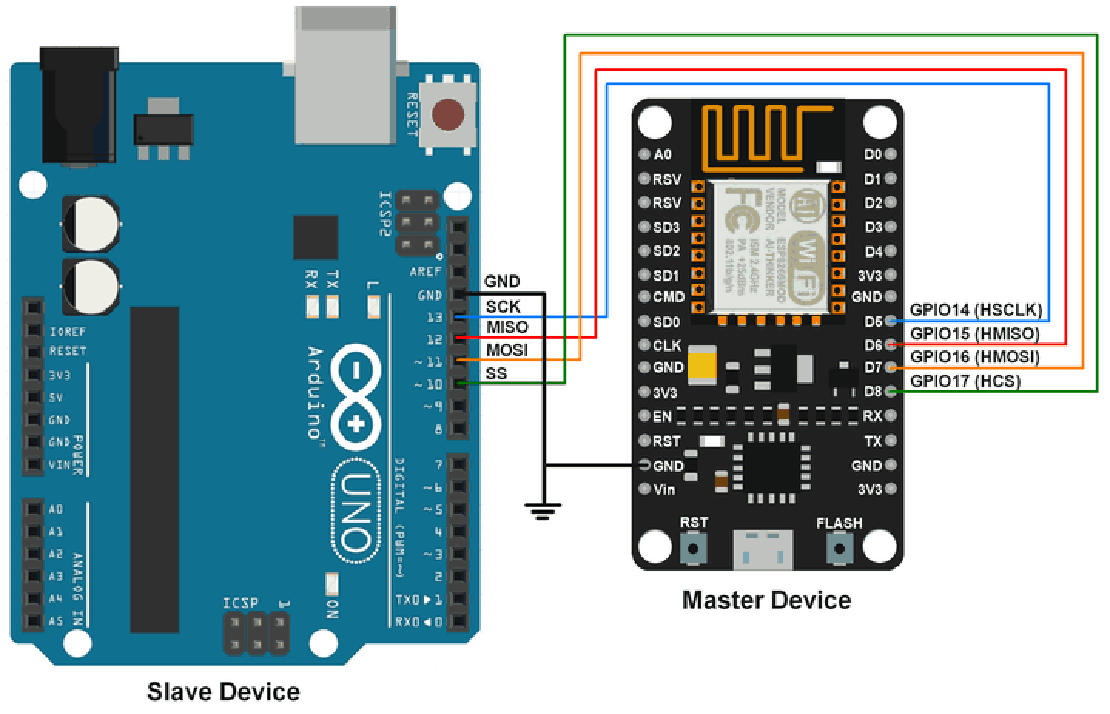
SPI: Understanding the Serial Peripheral Interface Protocol
SPI is a synchronous serial communication protocol designed for high-speed, full-duplex data exchange between a master device and one or more peripheral (slave) devices. It was originally developed by Motorola and remains widely adopted in microcontrollers, sensors, memory chips, ADCs/DACs, displays, and more.
Read more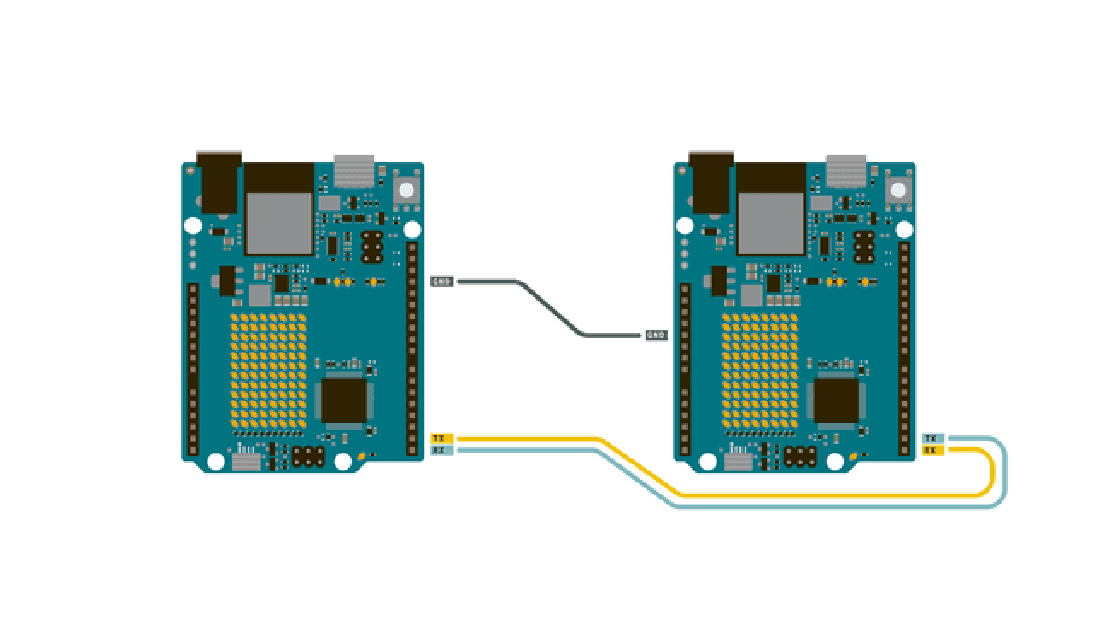
UART: A Detailed Overview of Asynchronous Serial Communication
UART is one of the oldest and most fundamental methods of serial communication in embedded systems. As its name suggests, it operates asynchronously, meaning there is no shared clock signal between the transmitter and the receiver. This makes UART especially attractive in scenarios where simplicity and minimal wiring are important.
Read more
Demystifying UART, SPI, and I2C: Communication Between Chips
In both VLSI design and embedded systems, no chip operates in isolation. Whether it’s a microcontroller interfacing with sensors, a processor communicating with memory modules, or multiple peripherals synchronizing data, inter-chip communication is fundamental to building reliable and scalable hardware systems.
Read more